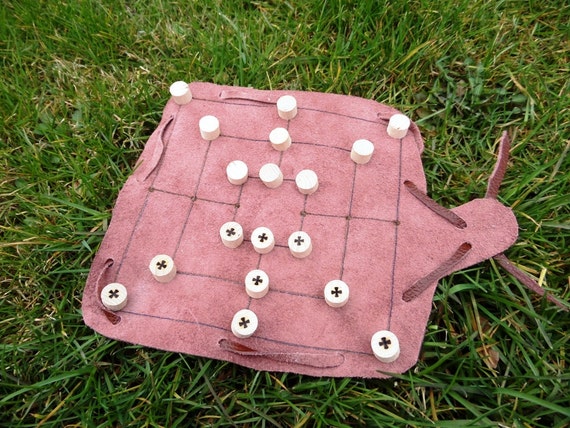
“Everything was very, very regimented.” THE EXPERIMENTĭesnomie said the colony is viewed as an experiment. “Then he would disperse it, or not disperse it, to the people who had done the farming,” she added. She said any money received for the products would go directly back to Graham. “If you wanted to sell anything that you had produced, you had to talk to the Indian agent first, and then he would grant you a pass which would say whether or not you were allowed to leave the reserve.”

“It was working the fields, looking after cattle and trying to sell grain,” she explained. She said nearly every aspect of the colony members’ lives were monitored by Graham: women took part in sewing circles, there was a brass band of members and a major part of it was farming. “It was to help keep them from regressing back to the ‘savage way of life’ if you want to put it like that,” Desnomie said, explaining why Graham started the colony. (Source: United Church of Canada Archives) They were not permitted to return to their home communities where they had originally lived before attending residential school, where most of their families were still living.Ī barn and horse team on Maple Grove Farm, File Hills Colony, belonging to a graduate of an industrial school. Once chosen, the colony members were forced to work on a community farm which was located on what is now called Peepeekisis Cree Nation. “They were handpicked by, along with local clergymen and principals of residential schools.”ĭesnomie said the students who were selected were the “cream of the crop.” “Participants in the File Hills Colony were graduates of Indian residential schools and industrial schools,” Desnomie said. Indian agents were the Government of Canada’s representatives on reserves, and were present in the communities to implement government policy and enforced the Indian Act.Ĭheyanne Desnomie, an Indigenous research specialist who is from Peepeekisis Cree Nation, has been studying the colony for years. The File Hills Colony was created by William Morris Graham, who was the Indian agent in the area during the time. The colony was located on Peepeekisis, located about 100 kilometres east of Regina, from its inception in 1898 until it concluded in the 1940s.

Nearly 80 years later, community members are still feeling the effects of the so-called social experiment. The Peepeekisis Cree Nation is home to a unique and rarely acknowledged part of Canada’s residential school history: The File Hills Colony.


 0 kommentar(er)
0 kommentar(er)
